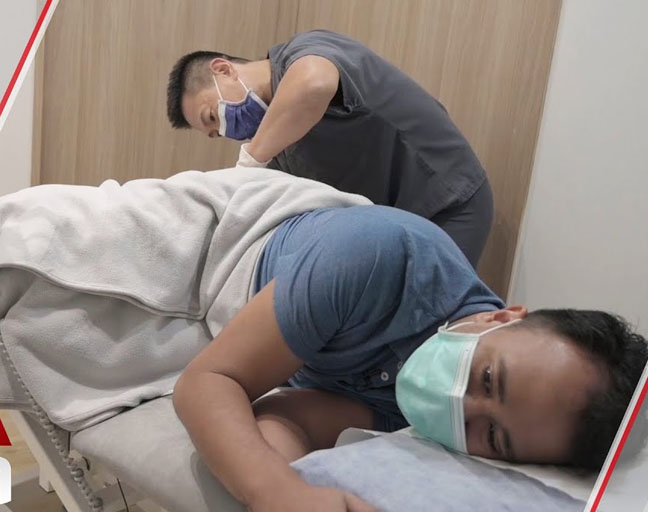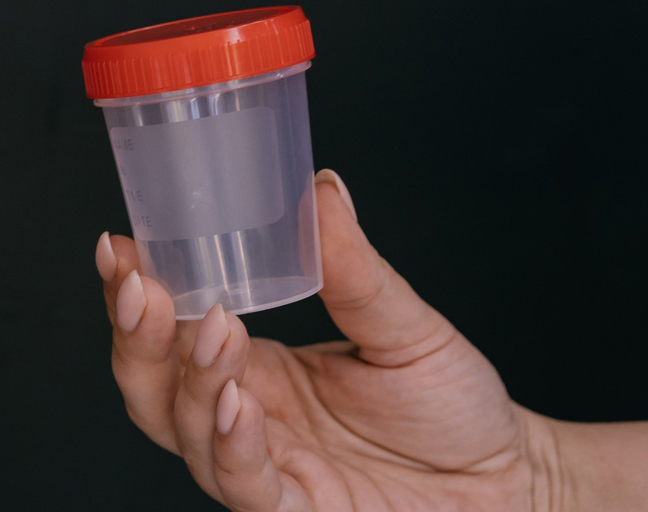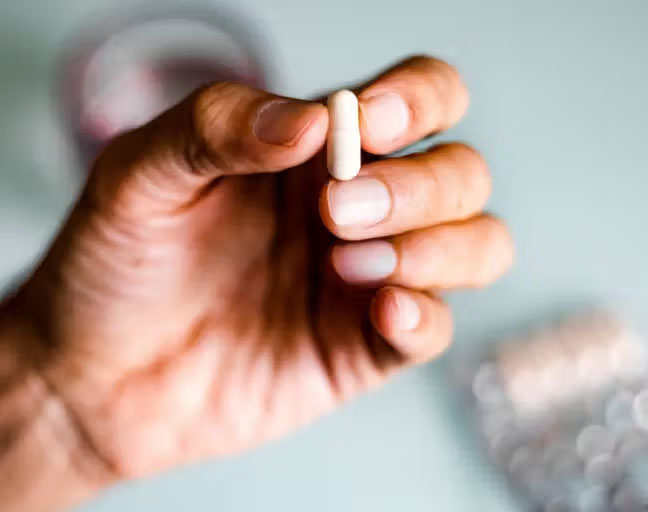Let’s face it—hairstylists can get pretty expensive, and sometimes, it just doesn’t feel worth it to pay for a haircut that you could do at home. That’s where clippers come in. They’re fast, easy to use, and don’t break the bank. Plus, they save you the hassle of those annoying little hairs that stick to your shirt after a trim. Wondering how to cut men’s hair with clippers like a pro? Stick with me, and I’ll show you the tricks to make it happen.
Preparing for the Cut
Before you get started, there are a few things to keep in mind to ensure you get a perfect haircut every time. With the right techniques, you’ll never have to spend another dime at the salon again.
1. Choose the Right Guard
Hair clippers come with different guard attachments that let you cut hair at various lengths. If you prefer shorter sides and longer top, these guards will make that easy. The longest guard is usually a size 7 or 8, which leaves about an inch of hair. Anything shorter than that will expose your scalp, so be careful not to go too short unless you’re going for that buzz-cut look!
2. Wash and Dry Your Hair
Here’s a rookie mistake: cutting your hair while it’s still wet. Wet hair can be tricky to work with because you can’t really see how it’ll fall once it’s dry. So, always wash your hair first, and make sure it’s completely dry before picking up the clippers. Trust me, it’ll make the whole process way easier and give you a more accurate cut.
Step-by-Step Guide to Cutting Men’s Hair with Clippers
Now that you’re prepped, it’s time to start clipping. Begin by dividing your hair into sections so you can work with one part at a time. For an even, all-over trim, use the same guard length across the whole head. And remember—always keep the guard teeth facing up as you clip. Apply consistent pressure on every pass to make sure you’re getting a clean, even cut.
1. Back
Start at the base of your neck, just behind your ears, and move upward in a vertical motion. As you approach the top of your head, pull the clippers away from the crown to give the cut a natural fade. Go over each section a few times for an even finish.
2. Sides
If you’re aiming for a longer top and shorter sides, move the clippers in a sweeping motion. Think of it like a pendulum—start at the bottom of the sides and move outwards toward the crown, making sure everything blends seamlessly.
3. Top
For the top of your head, decide how long you want your hair. Then, using a comb, bring your hair forward and work in small sections. Use your fingers (your ring and pinky fingers on your scalp, index and middle fingers holding your hair) to measure the length you want, and cut each section accordingly. Start at the front and follow that guideline all the way to the back.
4. Trimming and Styling
To blend the top and sides, grab your comb again. Run it from the bottom up on the sides, then use your clippers to even out the lengths. Keep your hand positioned about 1 to 2 cm lower than where you want to cut. When you plunge the clippers in, it’ll give the hair a rough, textured finish. Keep going until you reach the perfect length!
And that’s it! With these steps, you’ll be able to cut your hair like a pro in no time. So why not skip the salon and take control of your haircuts from home? After all, who doesn’t love saving time and money while looking sharp?









